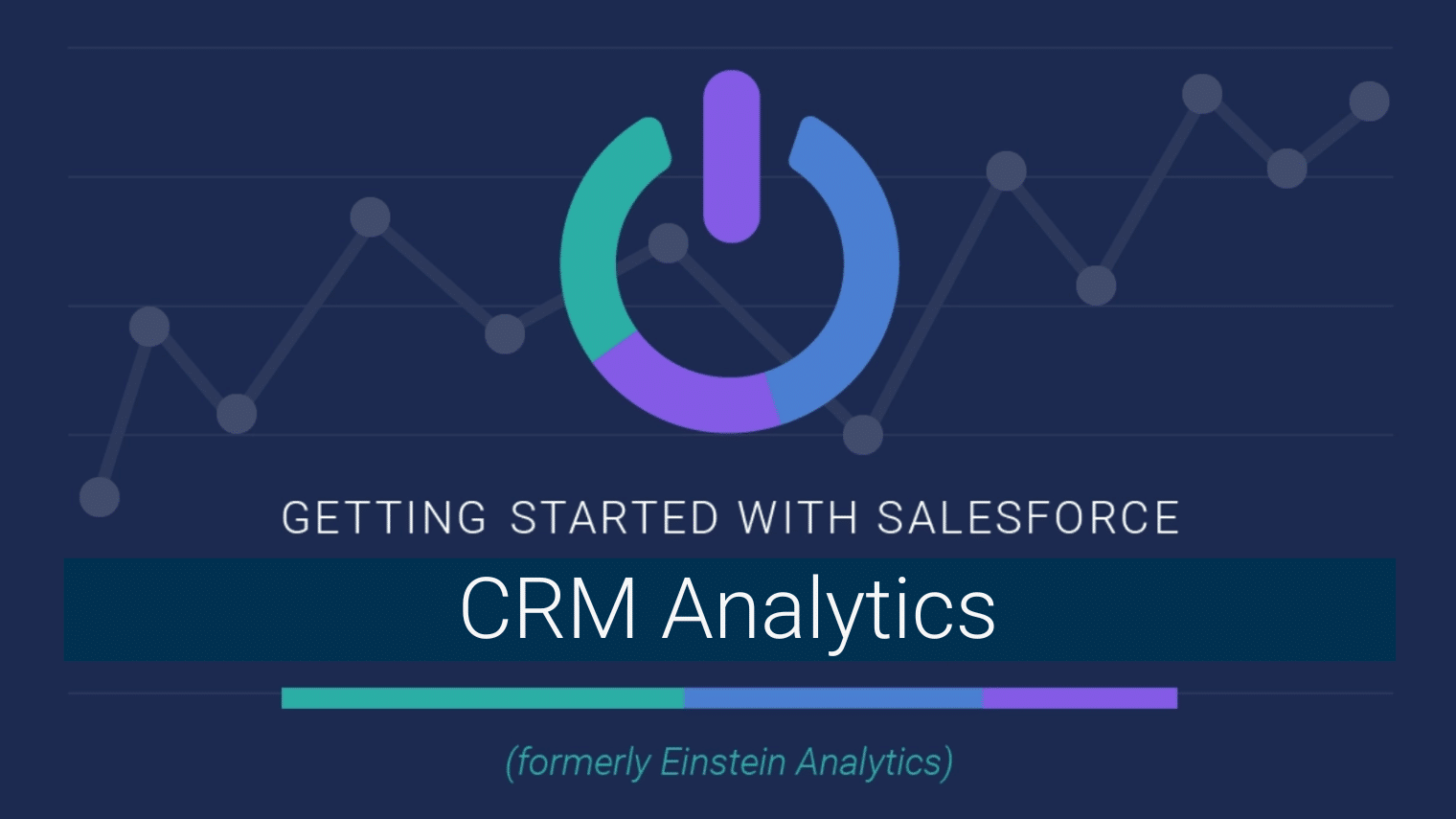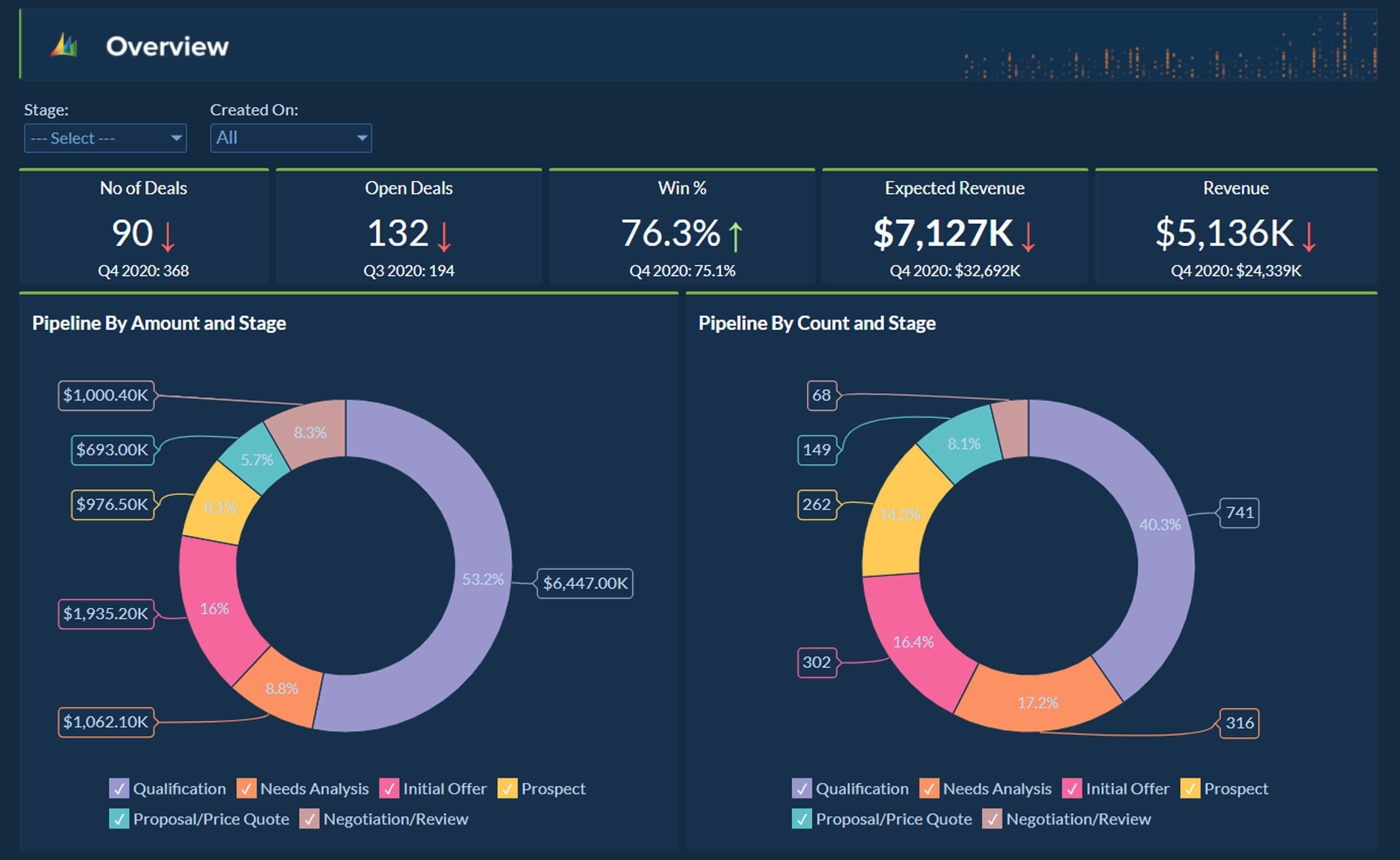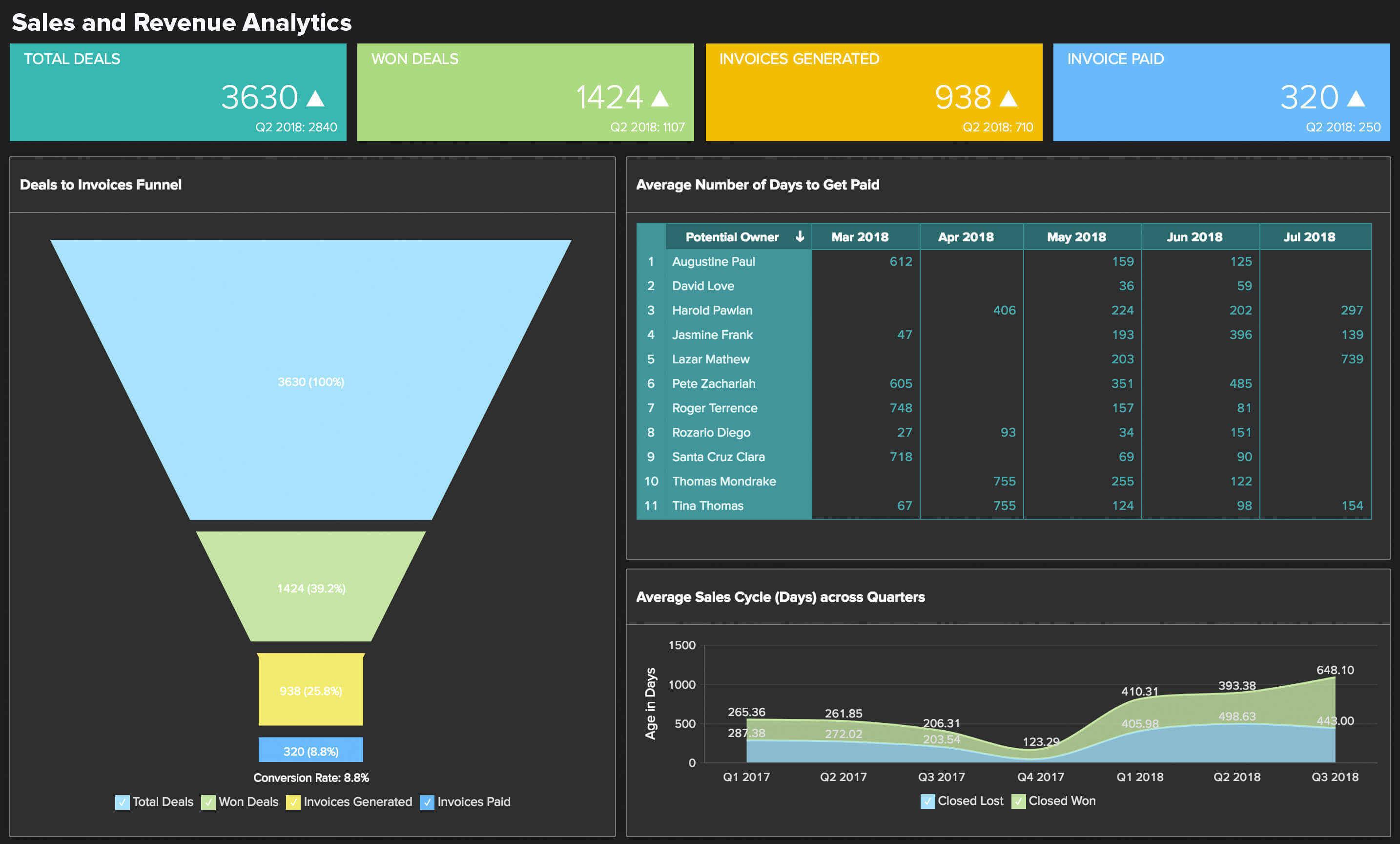CRM and analytics, a dynamic duo in the business realm, empowers organizations to cultivate meaningful customer relationships and make data-driven decisions. By seamlessly integrating these two powerful tools, businesses can gain invaluable insights into customer behavior, optimize their CRM strategies, and drive unparalleled growth.
CRM, the backbone of customer management, provides a centralized platform for managing customer interactions, tracking their preferences, and building lasting relationships. Data analytics, on the other hand, empowers businesses to extract meaningful patterns and trends from vast amounts of data, enabling them to make informed decisions that align with customer needs and market demands.
CRM and Analytics Integration

Integrating customer relationship management (CRM) and analytics empowers businesses to gain deeper customer insights, enhance decision-making, and optimize customer experiences.
Benefits of Data Analytics for CRM Effectiveness, Crm and analytics
- Improved customer segmentation:Analytics helps identify customer segments based on demographics, behavior, and preferences, enabling tailored marketing campaigns.
- Personalized customer interactions:By analyzing customer data, businesses can understand individual preferences and offer personalized recommendations, products, and services.
- Increased sales efficiency:Analytics can identify sales opportunities, predict customer churn, and optimize sales processes, leading to increased revenue.
- Enhanced customer service:Analytics enables businesses to analyze customer feedback, identify pain points, and improve service quality.
Examples of Successful CRM and Analytics Integration
- Amazon:Amazon leverages analytics to personalize product recommendations, optimize pricing, and enhance customer service, resulting in increased sales and customer loyalty.
- Starbucks:Starbucks’ My Starbucks Rewards program collects customer data, which is analyzed to provide personalized offers, track customer behavior, and improve store operations.
- Netflix:Netflix uses analytics to recommend movies and TV shows based on customer preferences, leading to increased user engagement and subscription retention.
Challenges and Opportunities
Integrating CRM and analytics can be a challenging endeavor, but it also presents significant opportunities for businesses. Let’s explore the challenges and opportunities associated with this integration.
Challenges
- Data integration:Combining data from different sources can be complex and time-consuming, especially when dealing with large datasets.
- Data quality:Ensuring the accuracy and consistency of data from multiple sources is crucial for effective analysis.
- Technical expertise:Implementing and managing integrated CRM and analytics systems requires specialized technical skills.
- Cost:Integrating CRM and analytics can be an expensive undertaking, involving software, hardware, and consulting costs.
Opportunities
- Improved customer insights:By combining CRM data with analytics, businesses can gain a deeper understanding of customer behavior, preferences, and trends.
- Personalized marketing:Analytics can help businesses tailor marketing campaigns to specific customer segments, improving campaign effectiveness.
- Increased sales efficiency:CRM and analytics integration can identify sales opportunities, streamline processes, and improve forecasting accuracy.
- Enhanced decision-making:Data-driven insights from analytics empower businesses to make informed decisions based on real-time information.
Case Studies

Numerous businesses have witnessed remarkable transformations by integrating CRM and analytics into their operations. These case studies provide valuable insights into the tangible benefits and best practices associated with this integration.
Starbucks
Starbucks successfully leveraged CRM and analytics to enhance customer experiences. By collecting data from its loyalty program, the company gained insights into customer preferences and behaviors. This data-driven approach enabled Starbucks to tailor personalized promotions, improve product offerings, and streamline its operations, resulting in increased customer satisfaction and loyalty.
Amazon
Amazon’s prowess in CRM and analytics is evident in its highly efficient supply chain management. By utilizing data analytics, Amazon optimizes inventory levels, predicts demand, and personalizes product recommendations for its customers. This data-driven approach has not only reduced costs but also enhanced customer satisfaction by delivering products faster and more efficiently.
Ultimate Conclusion

The integration of CRM and analytics has revolutionized the way businesses approach customer engagement. By leveraging the power of data, organizations can personalize marketing campaigns, improve customer service, and foster loyalty. The case studies presented in this Artikel demonstrate the tangible benefits of this synergistic alliance, highlighting the transformative impact it can have on business performance.

